SUMMARY
This is AI generated summarization, which may have errors. For context, always refer to the full article.
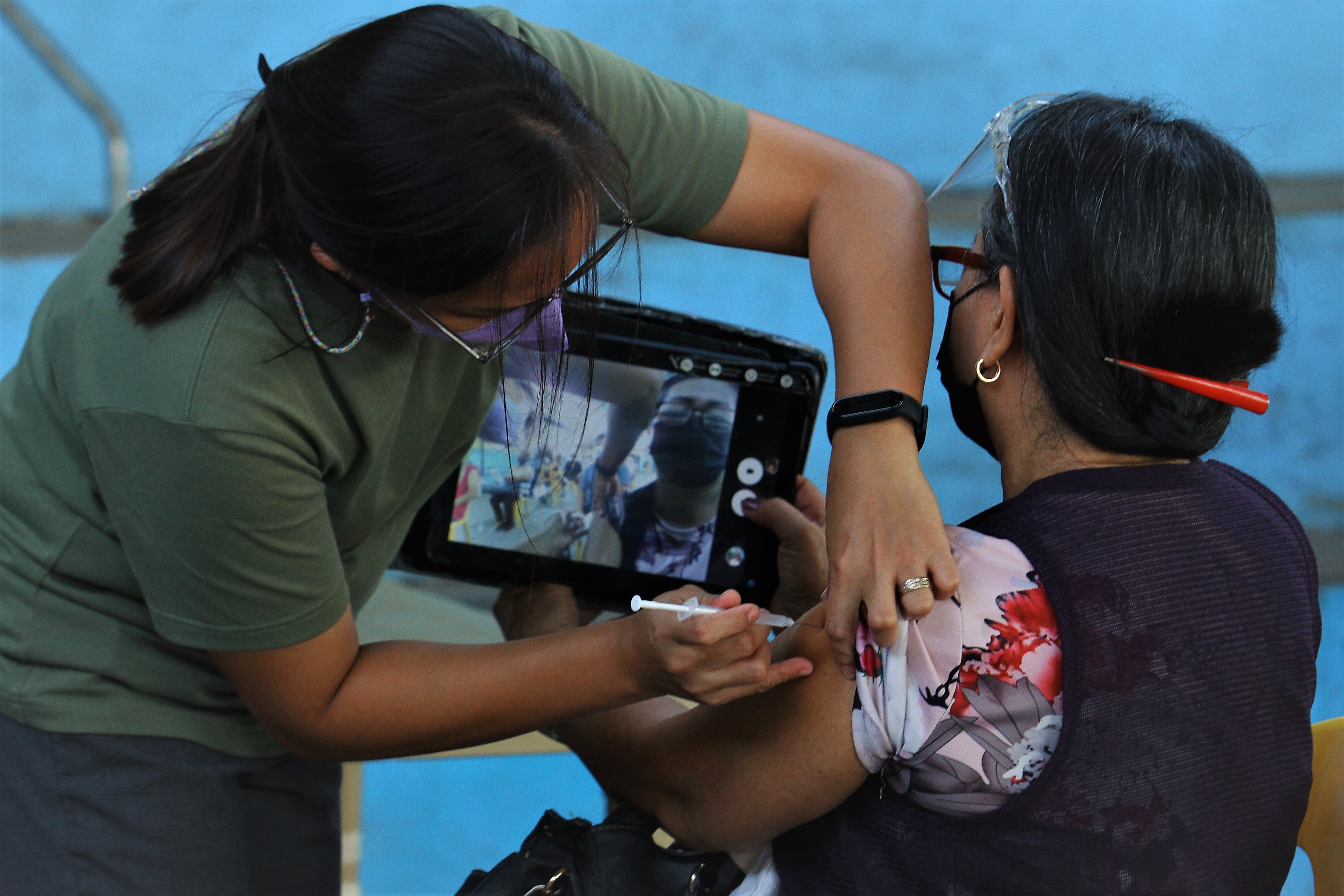
The number of coronavirus cases in the country is in fact declining, health officials confirmed, after record-high tallies placed increasing stress on health systems across the nation for months.
Some caveats: case tallies are still higher than they were before the onset of the surge around August, and at least three regions are still at “high risk.”
Here’s what we’re watching this week of October 11, 2021:
Vaccinations will scale up
Seven months since the start of the country’s vaccination drive, the Philippines has made kids aged 12 to 17 years old with comorbodities and the rest of the adult population eligible for COVID-19 vaccines.
The program expands as vaccinations in Metro Manila – early on the government’s priority – are expected to climb over 50% among the elderly. Pandemic officials are also doubling down on reaching at least 50% of the country’s population by the end of the year.
- The pilot run for vaccination of minors with comorbidities will start in Metro Manila on October 15 and will last for at least one month in select hospitals.
- Expect two phases: vaccinations for 15-to-17-year-olds, then those 12-to-14-years-old in eight hospitals across five cities. Then, all 17 local governments will pick at least one hospital that will serve as a pilot site for the vaccination of minors.
- Is your child eligible? Check here the Department of Health’s list of comorbidities for minors who will be given priority.
- Outside the capital region, vaccinations in this group will start when more than 50% of their elderly population or those in their A2 priority group are vaccinated.
- Supply now permitting, health officials have opened vaccinations to the rest of the country’s adult population by combining priority categories B and C. The groups initially prioritized teachers, other government workers, and other essential workers, among others.
- As vaccination expands, they will now continue prioritizing only five groups under the A category: health workers, senior citizens, persons with comorbidities, economic frontliners, and indigent populations.
- With more people cleared to get a shot, officials hope to see a significant increase in coverage rates in the next three months. It’s likely the country can reach at least 40% vaccinated with one dose – a figure the World Health Organization asked countries to achieve by the end of the year.
- Since October 7, at least 536,479 people, who are part of the “rest of the population” group, have gotten their first shot.
Open by Christmas?
With cases now lowering, the idea of a Christmas with less restrictions in Metro Manila may be possible, according to the health department. But it will depend on how sustainable the decrease in infections is, and if projections to reach only 1,100 cases daily by November 15 in the National Capital Region will be met.
- Some factors that can affect this: Restaurants, barbershops, and salons have been allowed to serve more customers in the capital region, where a pilot run of a new quarantine system has been extended.
- Restrictions for fully vaccinated individuals have relaxed – like quarantine for seven days after exposure to a COVID-19 case and access to places like gyms now allowed.
- Pandemic officials have often based pandemic policies on dry runs in Metro Manila and extended it to the rest of the Philippines afterward.
Mixing and matching
Health officials in the United States will tackle findings from a clinical trial on mixing and matching COVID-19 vaccines this week. Such studies are important since mixing COVID-19 vaccines is eyed to address several issues with vaccination rollouts, such as limited and erratic supply, as well as performance of some shots.
If found to be effective, mixing shots could provide flexibility in global vaccination efforts, especially for developing countries.
- The Philippines has a similar trial ongoing, but results from the US trial are still worth watching since it involves three vaccines being used in the county, namely those developed by Moderna, Pfizer and BioNTech, and Johnson and Johnson.
- The Department of Health earlier said it was open to adopting findings from other countries on the issue while local studies are ongoing.
- Results from such studies were also key to understanding how to make the best use of COVID-19 vaccines. Michael Osterholm, an infectious disease epidemiologist, told STAT News that when it comes to how we use these shots, “we’re in the very early days.”
- “ We don’t know the optimal dose. We don’t know the most effective interval between doses. We don’t know how many doses we’re going to need and we don’t know whether we would get more durable protection if we mix up the vaccines each person receives,” STAT reported. Read a primer on the issue here.
- Similar studies from other countries have so far shown that some combinations are known to be effective, like following AstraZeneca’s shot with an mRNA vaccine. But this comes with more reports of side effects like fever, fatigue, and sore arms. Scientists are still trying to figure out the exact order and combination of shots.
In case you missed it: Health workers, an often quiet workforce, once again broke their silence and expressed indignation over President Rodrigo Duterte’s move to stymie the Senate’s ongoing investigation into the alleged corruption in his administration’s pandemic response.
The message of the Philippine College of Physicians, along with 44 other medical societies: Don’t obstruct the probe, let the truth out, and please do not waste the sacrifices of ordinary Filipinos and our fallen colleagues.
More on that in this story:
– Rappler.com
Add a comment
How does this make you feel?
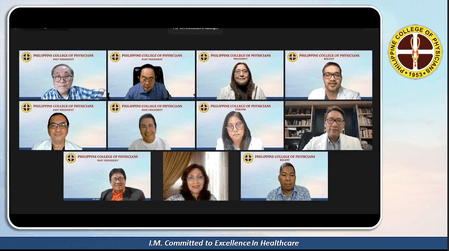
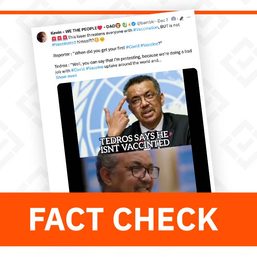
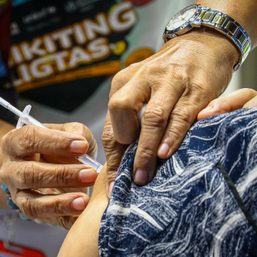
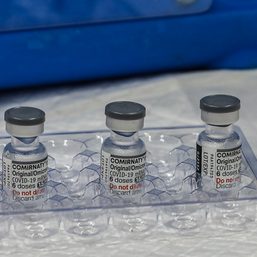

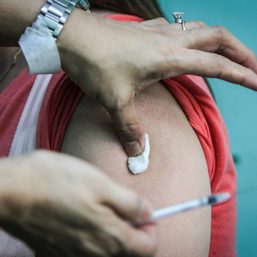
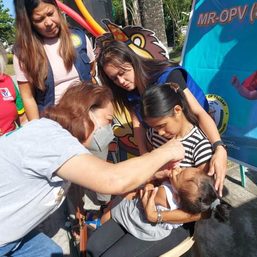
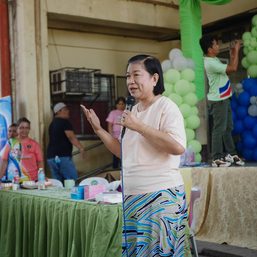
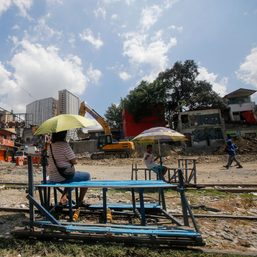

![[OPINION] Beyond infrastructure: Ensuring healthcare access for the poor](https://www.rappler.com/tachyon/2024/03/tl-healthcare-access-03402024.jpg?resize=257%2C257&crop_strategy=attention)
There are no comments yet. Add your comment to start the conversation.